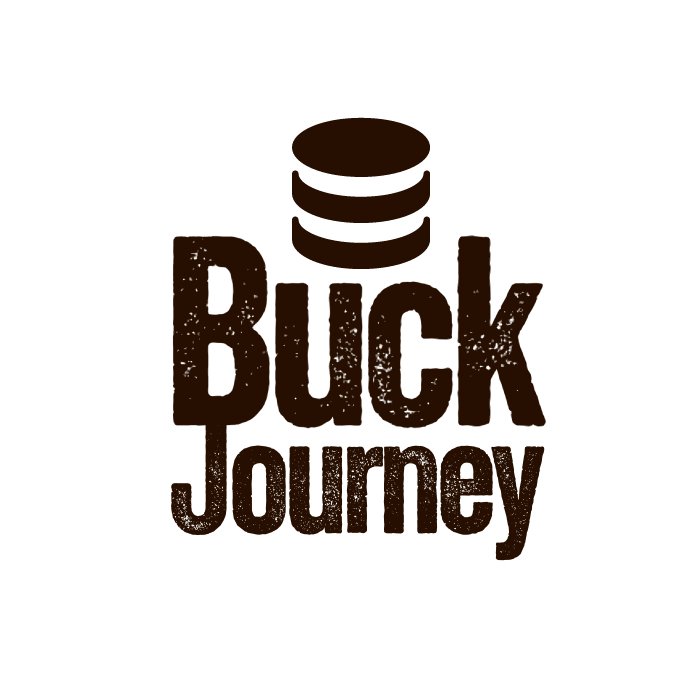Discover the immense profitability of print-on-demand stores with the right balance of costs and margins. Find your market niche and competitively price your products, all while ensuring you cover costs and make a profit.
For entrepreneurs venturing into the world of print-on-demand (POD) stores or considering a switch to new providers, our print-on-demand website comparison is a must-see.
Delve deeper into the profitability structure of a POD store below.
Understanding Costs
Print-on-demand shops offer a cost-effective setup compared to traditional print services. Simply bring your designs and a website to sell on, with no need for expensive printing machinery.
It’s crucial to manage costs efficiently. Here are some key costs to consider in running a print-on-demand shop:
1. Material Costs
Material costs set by the print company can impact your pricing strategy. Look for bulk discounts to optimize your expenses and remember, no hefty investments in printers are necessary.
2. Production and Fulfillment Costs
Costs related to production and fulfillment are typically included in per-item charges by the POD service. Consider the convenience and cost-effectiveness of not handling your own manufacturing and shipping.
3. Sales and Marketing Costs
A substantial part of non-material expenses goes into sales and marketing efforts. Explore online marketing avenues to raise awareness, but be cautious in selecting a niche to avoid overspending on competitive keywords.
4. Design Costs
While AI art is reducing design costs, human creativity still reigns supreme. Affordable designers on platforms like Fiverr or DIY tools like Canva can help keep design expenses in check.
Where Is the Profit?
Profitability in a POD shop can be achieved through high sales volume with small profit margins or targeting fewer items with higher margins. Market demand and competition levels play a key role in deciding the pricing strategy.
Establishing a unique niche allows for higher pricing, given steady demand. In a competitive market, constant price adjustments are necessary to stay ahead.
Low-margin POD shops benefit from using multiple vendors to optimize costs. Finding the right balance between costs and pricing is essential for a profitable business model.










